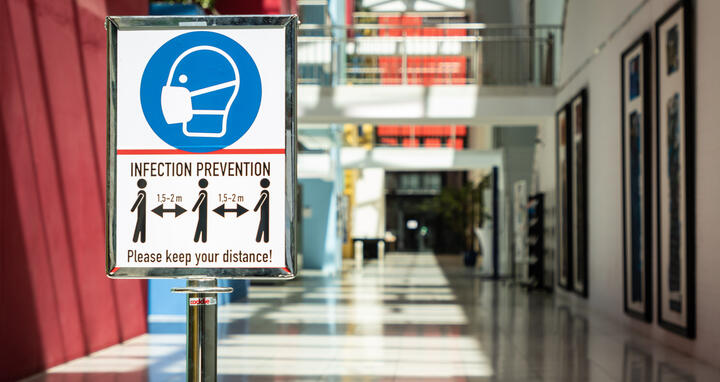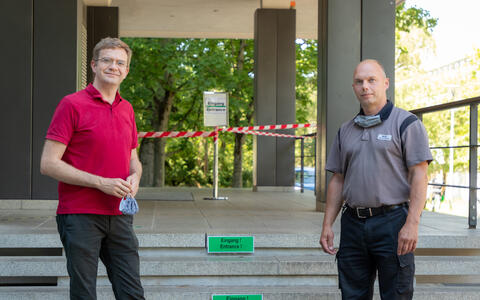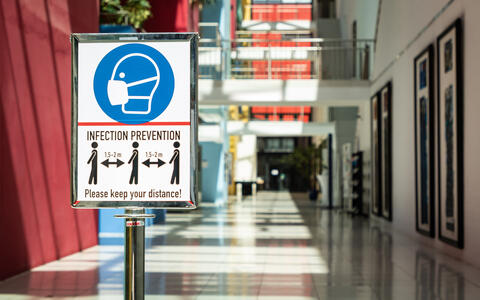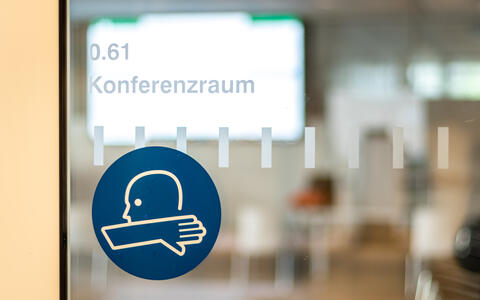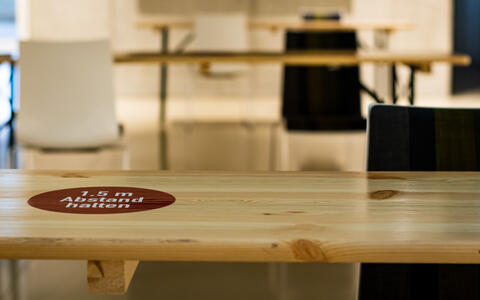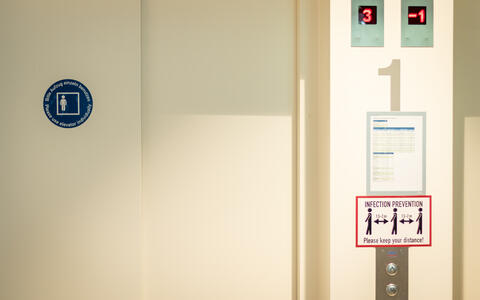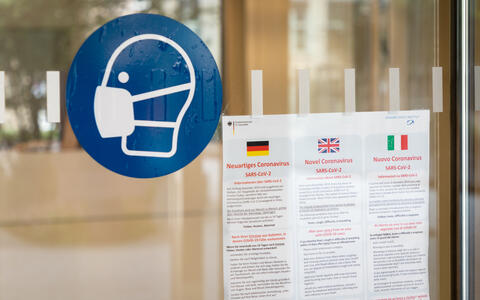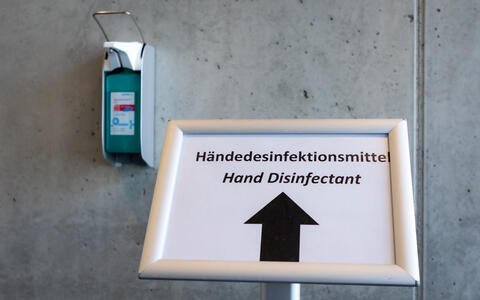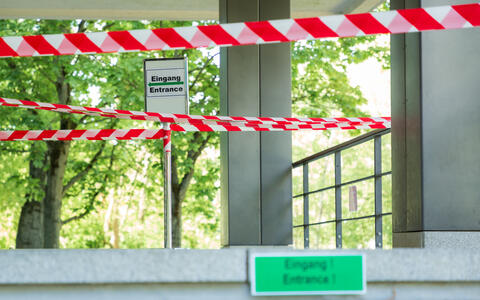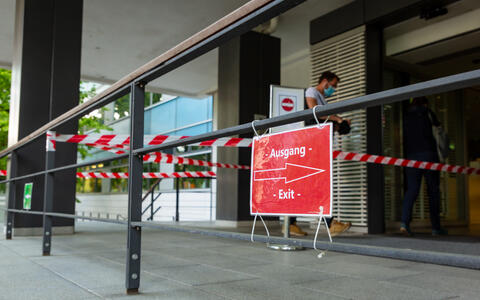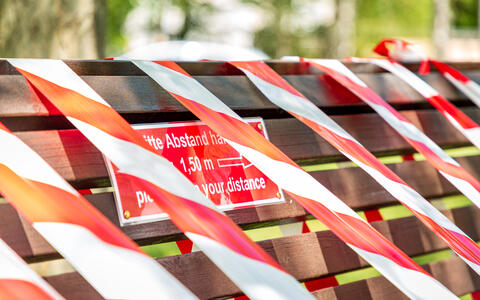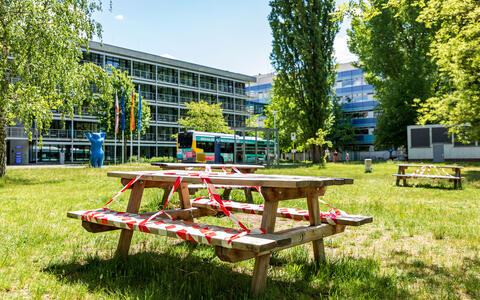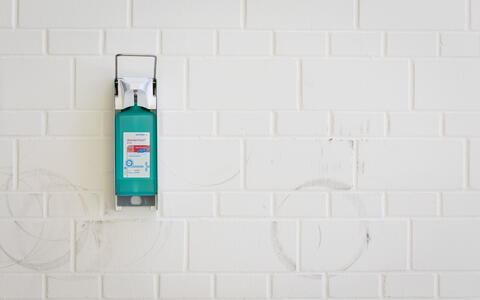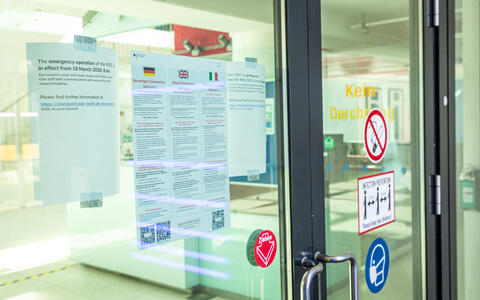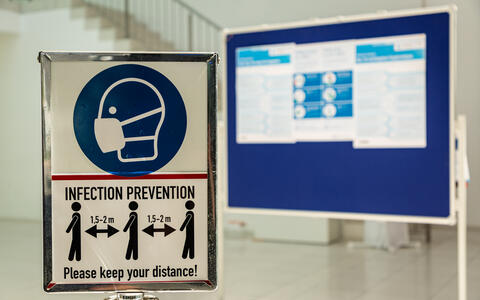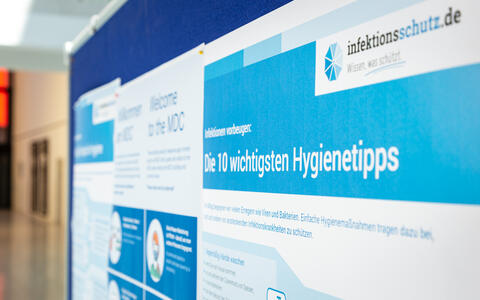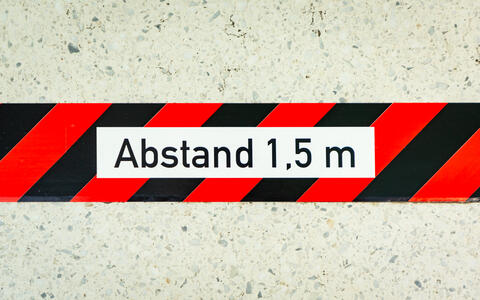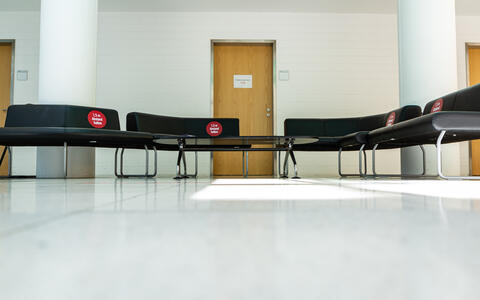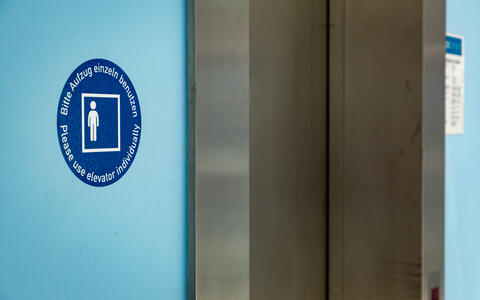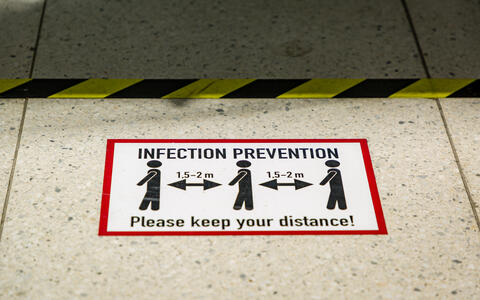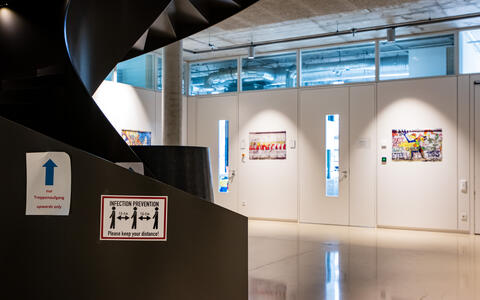Keeping research going - at a distance
Some things turn out to be surprisingly easy to manage in a crisis. At the MDC, this was access to the buildings in which the approximately 1,700 employees and guests work: “We blocked all access cards from March 18, except for those staff members on the emergency operations list,” reports Carsten Oehme, head of the Purchasing Department and interim head of the Central Services Department. This meant that, until early May, only those conducting emergency work were able to enter the MDC buildings. The solution was implemented by Andreas Arndt and Burkhard Kuhle, who are responsible for the locking systems at the MDC and were always quick to react during emergency operations to ensure the necessary access was provided. Most colleagues were working remotely during this time and research in the laboratories was temporarily put on the back burner.
Such measures were necessary to help contain the spread of the pandemic, to protect the health of all those at the MDC, and, last but not least, to comply with Berlin’s regulations for scientific institutions during the corona crisis. Since March 2020, the Crisis Task Force, of which Oehme is a member, has been meeting regularly to make all the necessary plans. “When things got serious, we had to shut down research while maintaining the functionalities of the institute,” Oehme explains. In concrete terms, this meant keeping everything up and running that was necessary for coronavirus research at the MDC, safeguarding scientific data, and, most importantly, ensuring all animals and samples were well looked after.
Carsten Oehme (Head of the Purchasing Department) and Sven Falk (Caretaker) at the MDC.
Carsten Oehme joined the MDC in 2016. He previously trained and worked as a lawyer, specializing in public procurement. “We started creating the technical prerequisites back in February to allow our people to work remotely,” he reports. Oehme’s department employs 55 members of staff. Before the pandemic, his average working day involved many individual meetings and regular team meetings were also scheduled. “It was nice to be able to work in peace from home every now and then,” remembers the head of purchasing. Today, the situation has flipped: He encounters very few people at the MDC and is generally undisturbed in the office.
Posters, pictograms and barrier tape
Facilities caretaker Sven Falk is a trained carpenter and has been working at the MDC since 2012. He and his team had a lot to do, especially at the beginning of emergency operations: installing hand sanitizer dispensers at all entrances and putting up posters with hygiene rules and information on the current situation in all buildings. The caretakers, together with Klaus Billep’s reception team, equipped toilets and lifts with relevant pictograms and put up barrier tape – including at Building 31 to establish separate entrances and exits. Since then, the staircases have also been marked to ensure that people never have to pass too close to one another. Not that there was much danger of this during emergency operations: “It was very quiet here at the beginning,” Falk says. “The building had sort of ceased to be alive.”
However, Falk’s working day has barely changed in recent months. It is only when clearing out offices that he and his colleagues make sure only two people do the work rather than three. The caretakers of Building 31, Building 84 and the North Campus also now work separately in order to minimize contact – and so that, should one of them fall ill, they are not all required to go into quarantine.
Meetings are possible once more
Disinfectant and masks were already compulsory in many of the MDC’s work spaces. But at the start of the coronavirus outbreak, procuring them was a challenge for the purchasing department. “We were able to order the monthly quantities we use during normal operations, but that was all,” reports Oehme. “We simply couldn’t find another supply source.” The MDC therefore procured the necessary components and started to make its own disinfectants and sanitizers. In the meantime, the state of Berlin has centralized the procurement of disinfectants for scientific institutes, who simply register their requirements and then receive the supplies they need. But the world market is not involved: the product is manufactured by Berlin’s universities.
Slowly, the MDC buildings are coming back to life. Basic operations resumed on May 4, which means all research teams can get back in the lab to conduct experiments and continue with their various studies. Everyone is still obliged to observe special hygiene measures, keep their distance and wear masks. “The rules have not changed, but more people are back,” Oehme summarizes. Meetings are also officially allowed again – with reduced participation and regular airing out of rooms. In addition, an attendance list must be kept so that participants can be contacted in case it comes to light that someone from the meeting is infected with the SARS-CoV-2 virus. Direct communication, Oehme says, is important for everyone: “After three months, people want to see each other face-to-face again.”
Text: Wiebke Peters

